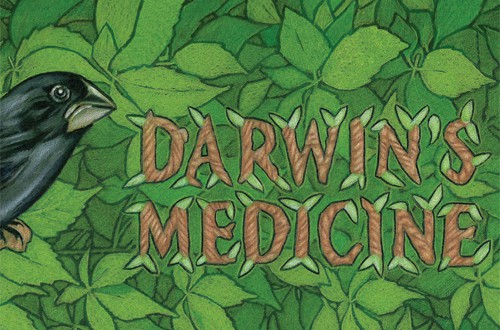
Some newspapers ran a provocative headline just recently – The Million Euro Patient. It referred to the apparently imminent approval, by Germany’s Federal Joint Committee, of Glybera, a gene therapy for lipase deficiency. The cost of treating each patient (only about 200 in Europe) is about €1.1m so, by itself, Glybera isn’t going to have much impact on governments’ straining healthcare budgets. But it will be very significant for Chiesi, the clever Italian company that is bringing it to market and it is an important early indication of market change.
Years from now, Chiesi will be seen as a company that helped shaped the industry. That’s quite a big claim for a relatively small company, so allow me to give a bit of the management science background before I return to the practical implications of this interesting development.
Our industry is a good example of a complex adaptive system; systems that can’t be predicted in the traditional sense. Instead, we have to look for the system’s emerging properties and deduce their implications. Two of the most important of these are the apparently inexorable expansion of what is technically possible and the gradual reduction, in relative terms, of what governments are able to pay for. The first of these things is driven by scientific advances, the second by the convergence of demographics, economics and politics. It doesn’t take much analysis to see that these two properties interact to change the payer environment. Until recently, governments have been the major payers in developed markets and have willingly paid for almost everything that is technically possible. In most countries, the technological existence of a treatment was nearly synonymous with its availability. Now I know that my generalisations are far less true when applied to the countries without developed social healthcare systems, but the ‘if it can be done, the government will pay for it’ ideal has been, to a first approximation, a good rule of thumb.
An eroding payer environment
But this payer environment has been eroding for a long time. Dentistry, ophthalmology and cosmetic surgery were the earliest examples of the state drawing the line out of financial necessity. The trend is continued with increasing co-payments for many essential medicines. And, in the last few years, health technology assessors such as the UK’s NICE have begun to use health economics arithmetic to what is effectively a redrawing of the boundaries of what the state will pay for.
As technology continues to outrun economics, what the state will pay for may increase in absolute terms but in relative terms will shrink to a smaller and smaller proportion of total healthcare spending. The King’s Fund, a think tank, predicts a world where health spending is split 50/50 between state and citizen. This means the opening up of at least two new markets. Firstly, the mass-market of consumers who have to buy or part-buy their own medicines. We see this already in emerging markets of course but over time economics will see Europe converge. The mass market is important in some therapy areas, but it’s clear it’s not going to be much of a market for products like Glybera or even Sovaldi. So are very advanced, expensive medicines and technologies condemned to tiny niches like lipase deficiency in rich markets like Germany?
The millionaire habitat
While the theory suggests that rich government niches will be the first place expensive therapies will occupy, it also suggests that they won’t stop there. That’s because another emergent property of the system is unequal wealth distribution; there are already more millionaires in the world than Australians and the number of us able and willing to pay more than our government is able to is increasing all the time. This creates a large, global segment of rich people willing to pay for expensive treatments. If, for example, Glybera was the best option for your child, could your family find the money?
This means that marketers of very innovative treatments will need to evolve from selling to only governments to also selling to rich consumers. That means new marketing capabilities, some of which will be very alien to our industry. Some life science companies, even if they are lucky enough to get their hands on a great technology, will fail to learn the new skills needed to exploit all their market habitats. Others will realise that, as Darwin said, it is those most able to adapt that survive. And such adaptation to exploit new environments happens all the time in biology. Look at the pigeons in your city; they evolved to live on cliffs, not buildings, but they’ve adapted very well. Life science companies just have to decide if they want to be pigeons. Or dodos.





